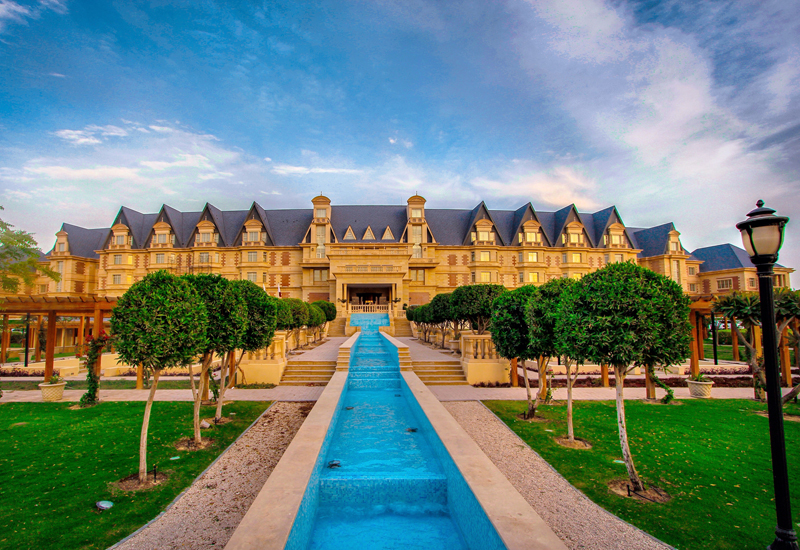 The Movenpick Al Aziziyah is a recently reflagged five-star hotel located in Qatar's Aspire zone, a few steps away from one of the FIFA World Cup 2022 stadiums and in the midst of world class sporting facilities.
The Movenpick Al Aziziyah is a recently reflagged five-star hotel located in Qatar's Aspire zone, a few steps away from one of the FIFA World Cup 2022 stadiums and in the midst of world class sporting facilities.
Sports tourism will be in focus at this year’s Arabian Travel Market (ATM), held from 24 – 27 April, as the GCC competes to capture a greater share of the $600 billion global industry.
Sport generates 25% of all tourism receipts globally, according to data from the World Travel and Tourism Council (WTTC), with 76% of trips, planned around a sporting event.
Many countries throughout the region host numerous sporting events ranging from motorsports, international golf tournaments, swimming championships, horse racing, sailing, tennis and cricket, with the UAE and Qatar leading the way.
In 2014, the total annual sports-related expenditure was valued at around $1.7 billion in Dubai, according to the recent ‘Economic Impact of Sport in Dubai’ study by Deloitte.
The report also found the total economic impact of sport in the emirate stood at a significant $670 million.
Gross expenditure on sporting events hit the $709 million mark in 2014 and generated an economic impact of $359 million.
In Qatar the additional visitors could push the growth of the travel market from values of QR18 million in 2016 to QR37 million in 2025, at a compounded annual growth rate (CAGR) of 8%.
This growth will peak in 2022 at QR48 million when the Gulf state hosts the 2022 FIFA World Cup.
Under QTA, which is to spearhead the implementation of Qatar National Vision 2030 and the National Development Strategy 2011 – 2016, $200 million will be invested in sports infrastructure.
Additional funds have been reserved for the FIFA 2022 World Cup and work is underway on six out of the eight stadiums planned, most accommodating up to 40,000 fans.
The largest, Lusail Stadium, which will host the opening and final matches, will accommodate some 80,000 spectators.

| Advertisement |








 Search our database of more than 2,700 industry companies
Search our database of more than 2,700 industry companies









